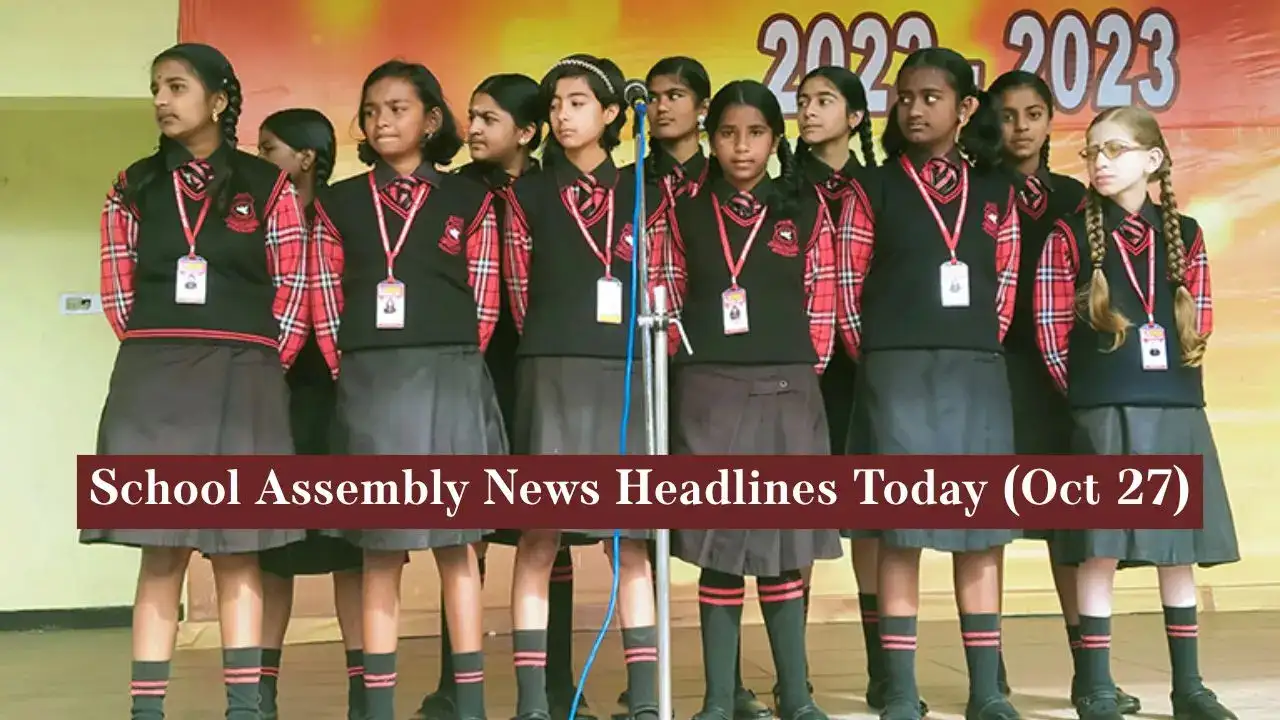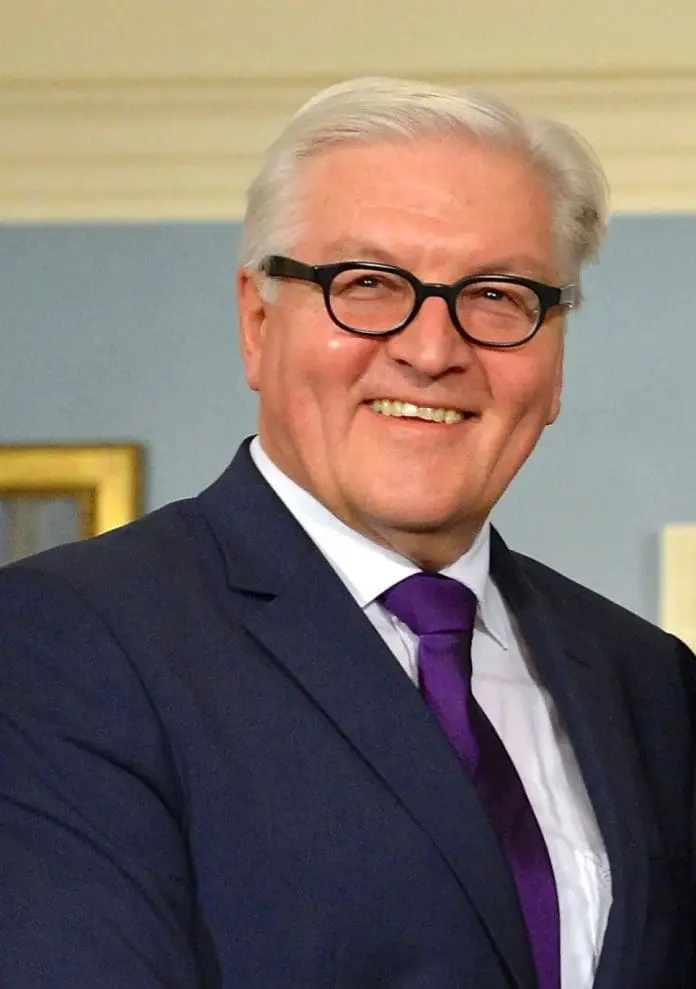Copyright Inc. Magazine

The arts are often only credited for their larger influence on culture and community building, but they are also a key piece of civic conversations around economic growth, job creation, and thriving cities. While leaders often focus their attention on traditional growth sectors such as manufacturing, entrepreneurship, energy, tech, healthcare, education, and the like, investing in building ecosystems for the creative economy can add significant economic weight and influence. According to a study released by Americans for the Arts, Arts & Economic Prosperity, nonprofit arts and culture organizations and their audiences generate more than $150 billion annually, supporting millions of jobs and billions in tax revenue. Many in the dynamic and diverse world of arts and culture already understand how influential this work can be, yet they face hurdles justifying it as an effective piece of a resilient, thriving ecosystem. The challenge isn’t proving the arts matter economically. It’s giving arts organizations the same operational advantages that other growth sectors already have. The need to improve access and clarity Featured Video An Inc.com Featured Presentation The Greater Pittsburgh Arts Council cited an overreliance on self-reported information and outdated traditional research methods as major challenges that consumed valuable time and resources. Plus, user-generated data lacked consistency over time, making it difficult to tell a cohesive and comprehensive impact story about arts and culture locally. So, we helped this organization put AI to work for them to help them solve two key challenges: accessibility and clarity. Its ecosystem map, The Greater Pittsburgh Arts Hub, gathers, curates, and updates a rich network of resources, organizations, events, and opportunities for the community, which has the potential to boost arts participation and entrepreneurship. The Council also needed to improve communication with stakeholders. Through AI and an intelligence dashboard called the Greater Pittsburgh ArtPulse, the Council has elevated strategic conversations with the nonprofit support organizations that are so crucial to supporting the arts community by gathering and organizing financial information. The Council can now visually assess and evaluate organizational stability, financial vulnerability, and offer guidance. For example, it can inform leadership transitions by highlighting needed skill sets in a new hire, such as fundraising experience, if the organization’s revenue diversity is low. The need to align priorities Boulder, CO, is another example of how municipal partnerships with the creative sector can strengthen economies. In the first phase of their Boulder Arts Blueprint Grant Review, the Office of Arts and Culture made recommendations for how to align the Office’s sustainability, equity, and resilience priorities with the goals and needs of the art and culture community. The result was a commitment to trust-based, multi-year, unrestricted funding for general operating support, providing sustainable income streams for nonprofit cultural organizations. This shift elevates arts and culture as a key partner in advancing civic priorities and stabilizes an important part of the city’s vibrancy and growth. Thriving art and culture ecosystems fuel talent attraction, placemaking, tourism, entrepreneurship, and local pride, all of which influence economic competitiveness. When they are treated with the same seriousness as other local economic development focuses, like clean energy or life sciences, they create value that’s long-lasting and impactful. Final thoughts Pittsburgh and Boulder demonstrate how agile and transferable ecosystem infrastructure can be. The same tools that help founders, manufacturers, and small businesses thrive can also help artists and cultural organizations visualize data and utilize resources more efficiently, expose and fill gaps, and widen opportunities. Entrepreneurship, nonprofits, and the arts may look like different worlds, but they share the same challenge of making information accessible to build collaboration and connectivity so people can thrive. Building AI-powered infrastructure for the creative economy strengthens the cultural and economic future of cities.



